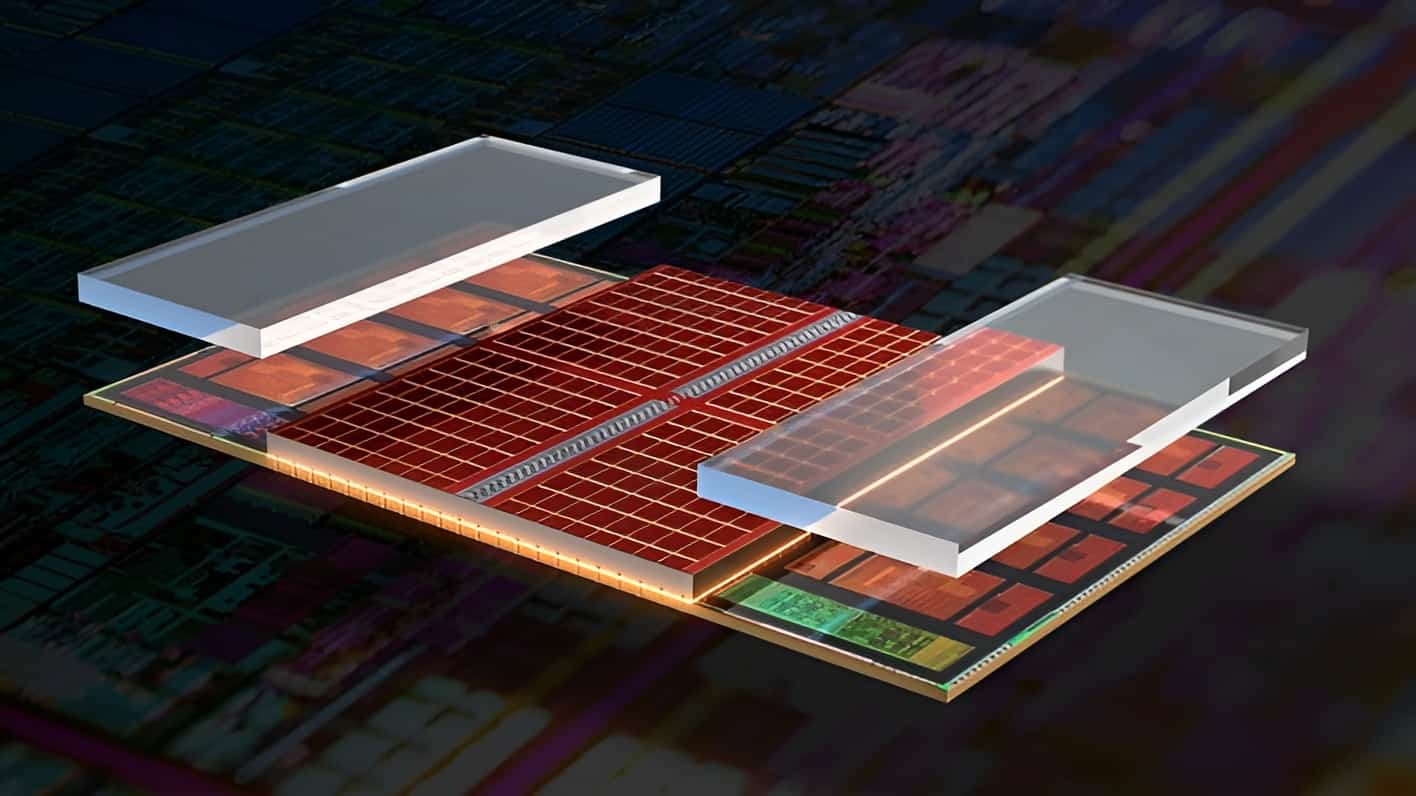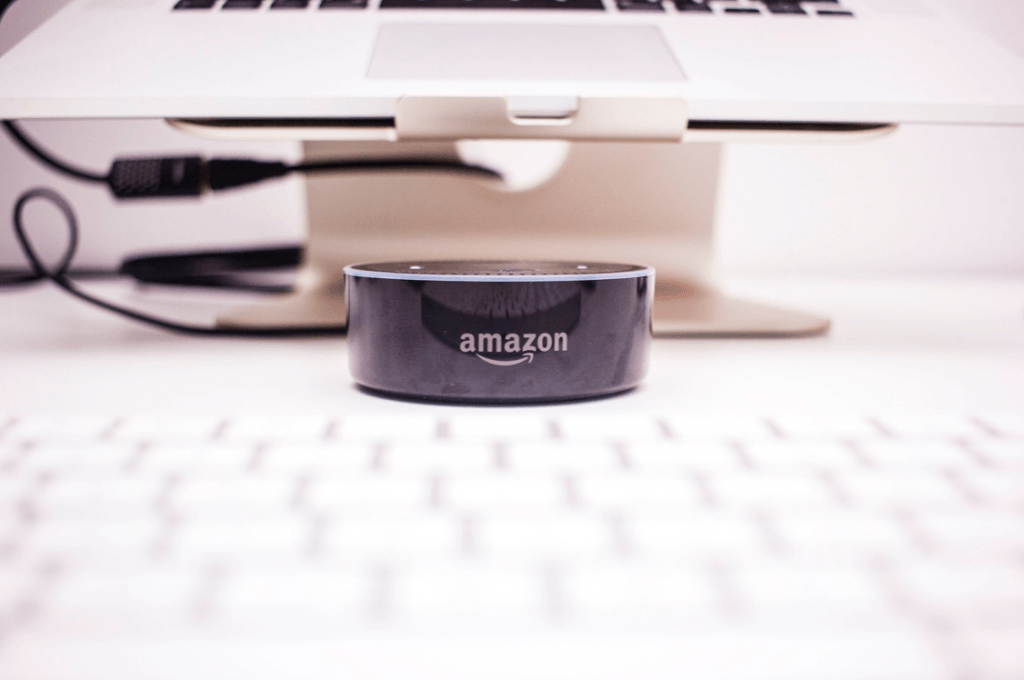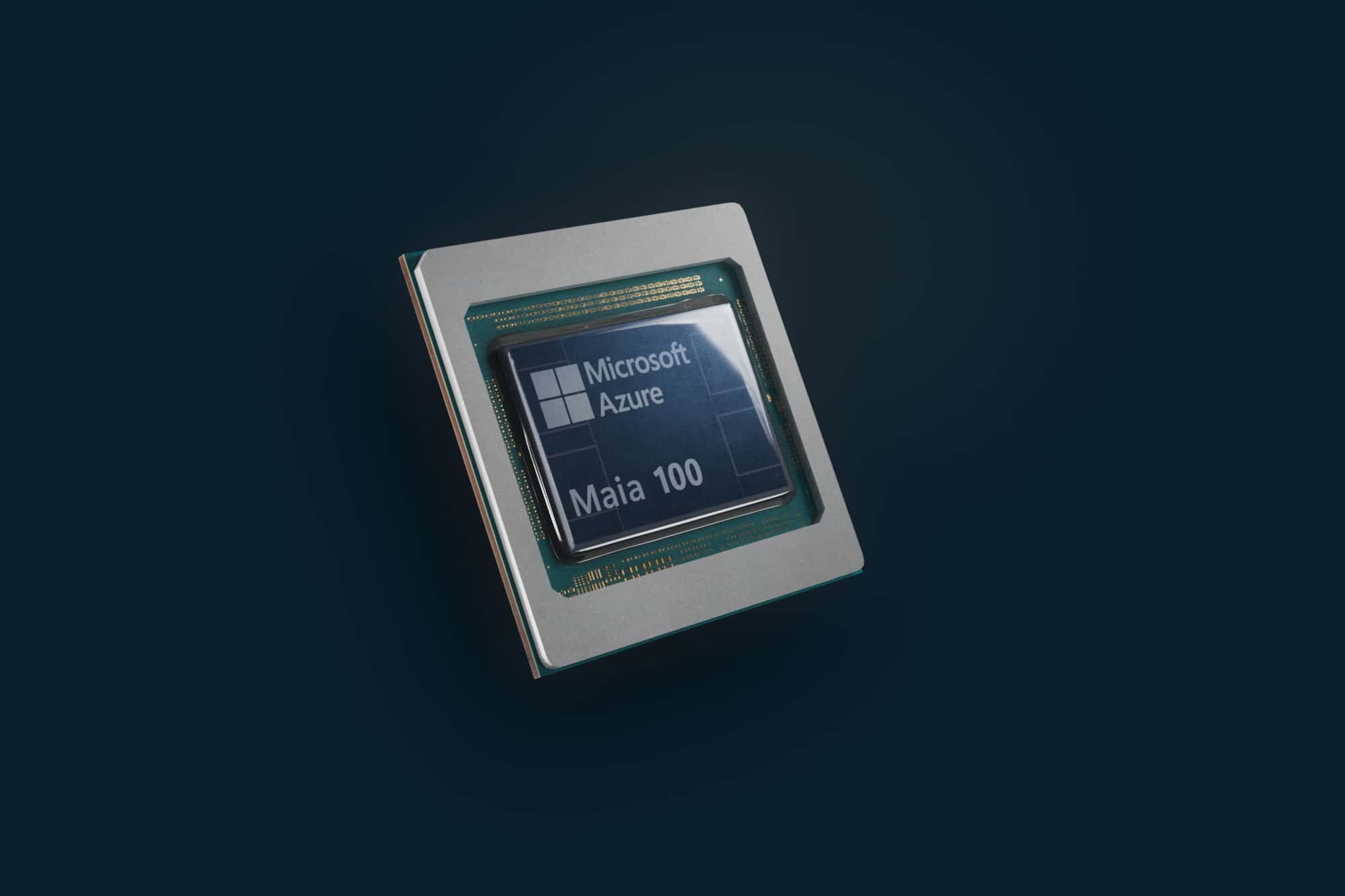
As the digital horizon expands, so too does the competitive landscape of AI-specific chips. Tech giants such as NVIDIA, Amazon, Microsoft, and Google have recently unveiled their latest offerings, each poised to revolutionize artificial intelligence workloads. In the span of just one month, Google introduced its TPU v5p, Microsoft unveiled the Azure Maia AI Accelerator, Amazon launched the AWS Trainium2, NVIDIA introduced the H200, and AMD announced the Instinct MI300X. These simultaneous announcements highlight the intense competition in the AI hardware market. Let’s delve into the technical specifications, performance benchmarks, and the distinct market niche each chip is designed to dominate.
- Tech giants, including Google, Microsoft, Amazon, NVIDIA, and AMD, compete fiercely in the booming AI chip market.
- Diverse strategies emerge, with end-user sales from NVIDIA and AMD, while Microsoft, Google, and Amazon integrate chips into cloud services.
- The future sees explosive growth, with the AI hardware market projected to reach $227 billion by 2032.
The advent of these AI chips marks a significant moment in the technology industry. Google‘s TPU v5p emerges with a formidable 459 teraFLOPS of bfloat16 performance, almost doubling the capabilities of its predecessor, the TPU v4. Microsoft‘s Azure Maia AI Accelerator boasts an impressive 3200 teraFLOPS using its own MXFP4 format, while Amazon‘s AWS Trainium2 chip promises up to four times the performance and double the energy efficiency over its first generation. NVIDIA‘s H200 chip is expected to launch in 2024 with a significant leap to 1979 teraFLOPS of bfloat16 performance.
AMD is not to be outdone, challenging NVIDIA with their AMD Instinct MI300X Accelerators offering 1300 teraFLOPS FP16 and 2800 teraOPS INT8. It is important to note that these advertised teraFLOPS and teraOPS are not directly comparable due to different underlying architectures and precision formats. This is a key factor when analysing their potential impact in the market.
| Google TPU v5p | 459 | teraFLOPs bfloat16 | 918 | teraOPs |
| Microsoft Maia | 3200 | teraFLOPs MXFP4 | 1600 | teraOPs |
| AWS Trainium2 | 650 | teraFLOPs unspecified | ||
| NVIDIA H200 | 1979 | teraFLOPs bfloat16 | 3958 | teraOPs |
| AMD Instinct MI300X | 1300 | teraFLOPs FP16 | 2800 | teraOPs |
Strategic market positioning
The positioning of these chips in the market is as diverse as their technical specifications. NVIDIA and AMD aim to sell their chips to end users, often large corporations with their own data centres. On the other hand, Microsoft, Google, and Amazon are incorporating their chips into cloud services, making them part of an integrated offering rather than a standalone product. This strategy underlines the different approaches these companies are taking to capture market share.
As AI models grow in size and complexity, so too does the demand for the computational power needed to run them. Google’s TPU v5p, for instance, is designed to train large language models (LLMs) significantly faster than previous generations. Microsoft’s Maia, with its 105 billion transistors, aims to optimise every layer of cloud infrastructure for AI. Amazon’s Trainium2, capable of scaling up to 100,000 chips, targets the training of sizable AI models like GPT-3.
Performance benchmarks and energy efficiency
Performance benchmarks are crucial in this race, with Microsoft’s Maia chip claiming a staggering 3200 teraFLOPS of performance. However, energy efficiency is also a key consideration. Amazon’s Trainium2 not only increases performance but also promises double the energy efficiency of its predecessor, addressing both cost and environmental concerns.
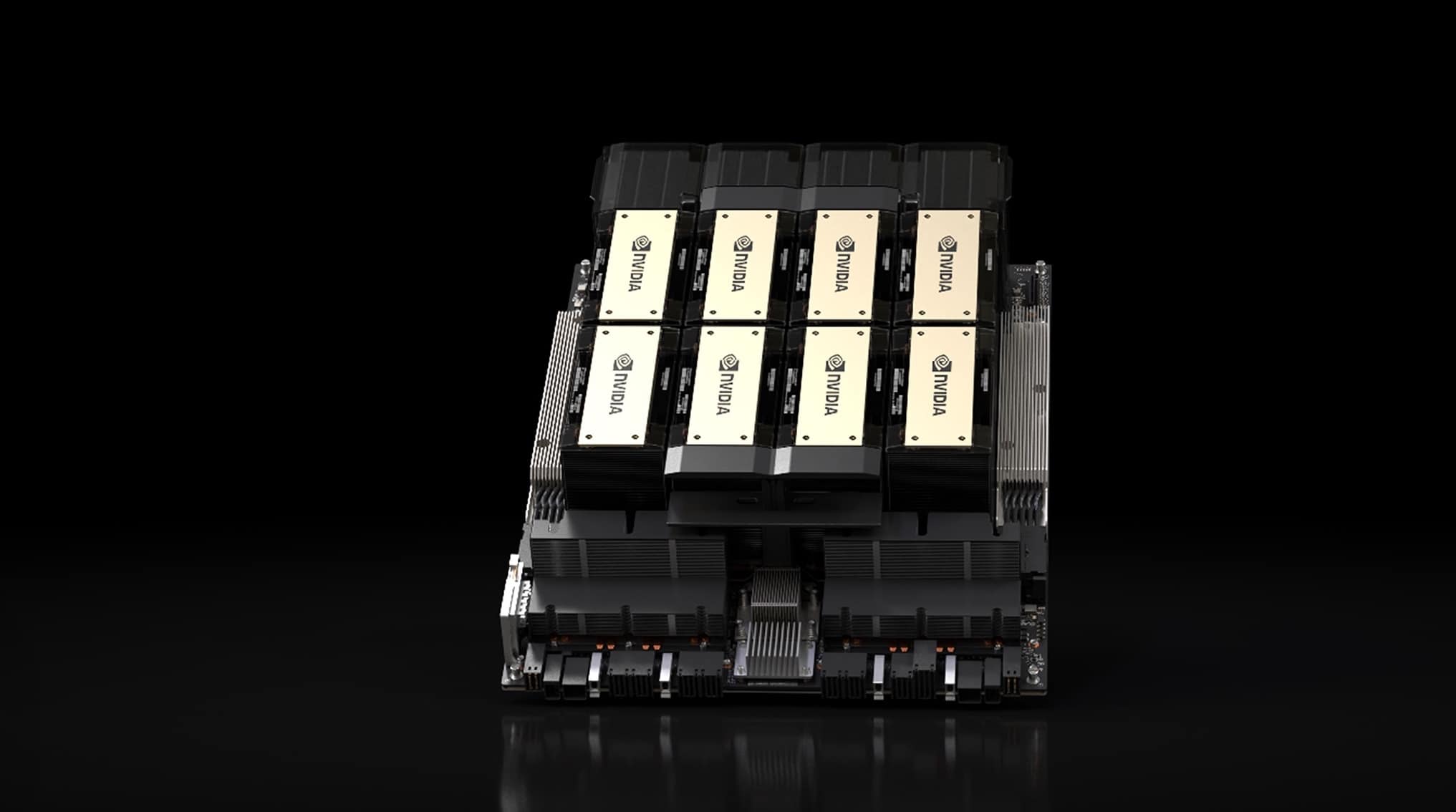
NVIDIA’s H200, while not yet launched, is anticipated to significantly impact the high-performance chip market due to its advanced memory system, capable of managing more data and enabling the training of larger, more complex models. AMD’s MI300X chips, with their impressive number of Stream Processors and Compute Units, offer a balance of high performance and energy efficiency.
Not just about the hardware
The evolution of AI chips is not solely about the hardware; the ecosystem surrounding these chips is equally important. NVIDIA, for instance, has a strong grip on the AI hardware landscape with over 95% market share in the GPU market within the data centre space. Google’s approach, with its TPU v5p and AI Hypercomputer, integrates performance-optimized hardware with open software and leading ML frameworks.
Amazon, with its AWS Trainium2 and Graviton4 chips, is targeting AWS customers who require high performance and lower costs for running and training AI models. Microsoft, through its Azure Maia AI Accelerator and Azure Cobalt CPU, is reimagining its cloud infrastructure to meet the burgeoning needs of AI.
The future of AI hardware
Looking ahead, the AI hardware market is forecast to grow from $17 billion in 2022 to a staggering $227 billion by 2032. This explosive growth is driven by the surging demand for AI capabilities, prompting tech giants to continuously innovate and develop specialized AI chips optimized for machine learning. OpenAI is even reportedly exploring the possibility of developing its own AI chips, potentially joining other tech giants in the intensifying chip market.
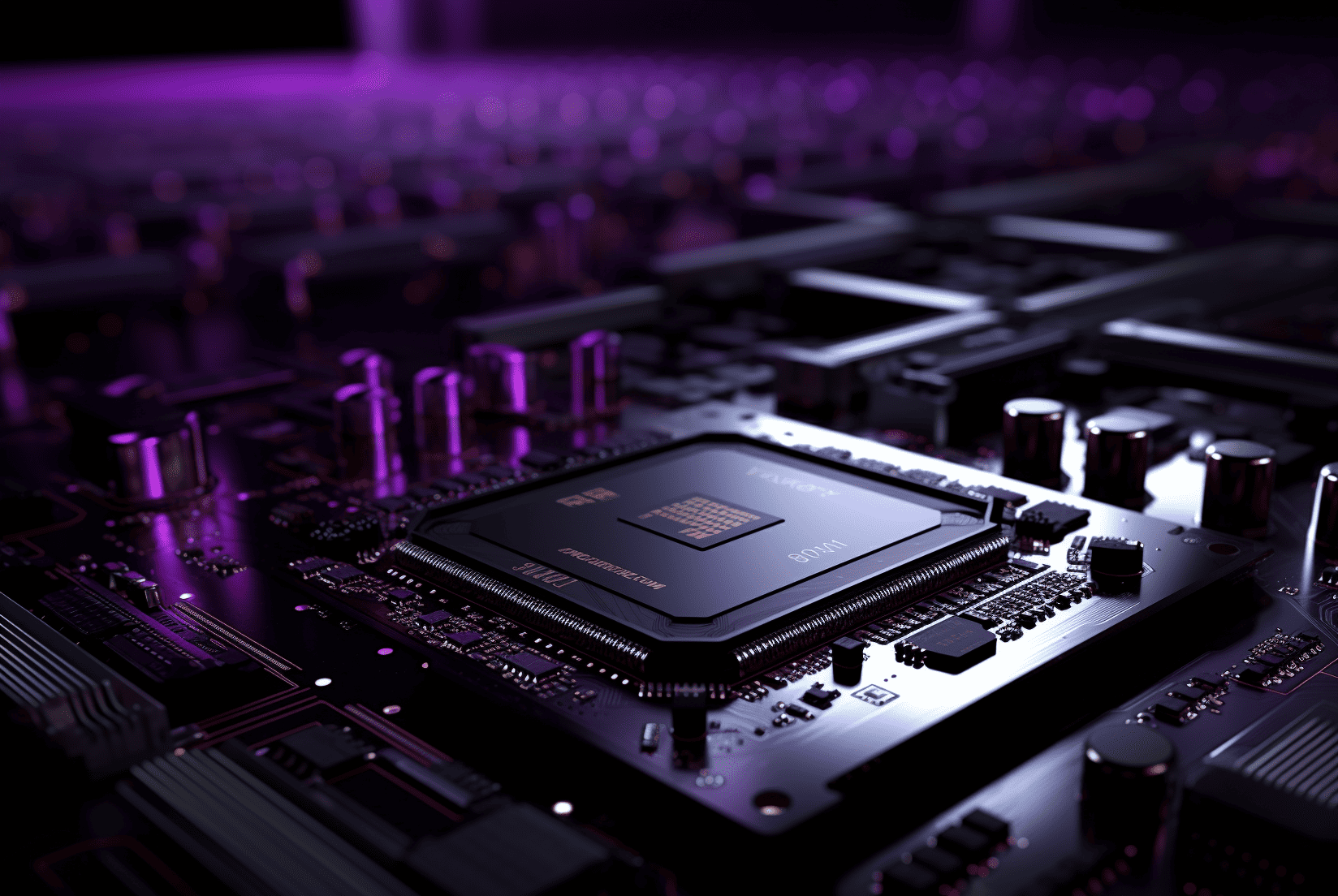
The race to dominate the AI chip market is not just a technological battle; it’s a strategic play for market influence and control. As tech giants like Google, Microsoft, Amazon, NVIDIA, and AMD unveil their latest AI chips, each one is setting the stage for a future where artificial intelligence is ubiquitous, more efficient, and potentially more accessible than ever before.



